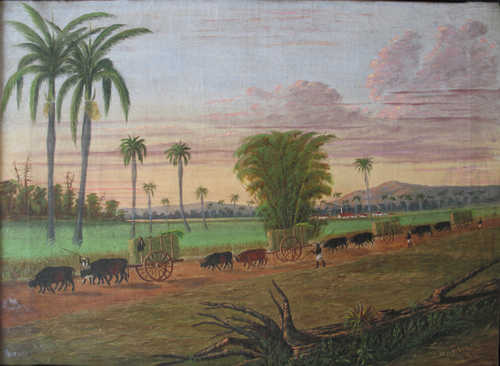Keywords: merchant
Item 20176
St. Leon merchant ship, Castine, 1835
Contributed by: Maine Historical Society Date: 1835 Location: Castine Media: Photographic print
Item 102079
Ruins of the Merchant Exchange / U.S. Custom House, Portland, 1854
Contributed by: Maine Historical Society Date: 1857 Location: Portland Media: Photographic print
Item 86697
Storage, Merchants Wharf, Portland, 1924
Owner in 1924: J B Brown Use: Storage
Item 86713
Club, Merchants Wharf, Portland, 1924
Owner in 1924: Portland Yacht Club Use: Club
Item 151719
Maine Maritime Academy additions, Castine, 1927-1948
Contributed by: Maine Historical Society
Date: 1927–1948
Location: Castine
Client: Maine Maritime Academy
Architect: John Howard Stevens and John Calvin Stevens II Architects
This record contains 2 images.
Item 151687
Elias Thomas house alterations, Portland, 1902-1904
Contributed by: Maine Historical Society
Date: 1902–1904
Location: Portland
Client: Elias Thomas
Architect: John Calvin Stevens
This record contains 3 images.
Exhibit
The Life and Legacy of the George Tate Family
Captain George Tate, mast agent for the King of England from 1751 to the Revolutionary War, and his descendants helped shape the development of Portland (first known as Falmouth) through activities such as commerce, shipping, and real estate.
Exhibit
Port of Portland's Custom House and Collectors of Customs
The collector of Portland was the key to federal patronage in Maine, though other ports and towns had collectors. Through the 19th century, the revenue was the major source of Federal Government income. As in Colonial times, the person appointed to head the custom House in Casco Bay was almost always a leading community figure, or a well-connected political personage.
Site Page
Bath's Historic Downtown - Merchants' Row
"Merchants are usually operators of stores. Merchants' Row is located at 108, 114, and 116 Front Street, the home of many retail stores, built at a…"
Site Page
Maine's Road to Statehood - The Coasting Law of 1789
"… 1775 The Coasting Law of 1789 required that merchant ships port and register at each non-adjacent state as a way to raise port revenue."
Story
I work as a Journeyman Mechanic, or Millwright at Catalyst
by Linda Deane
Working on a paper machine and as a Millwright can be challenging as a woman and a Union Rep.
Story
Being a woman Union member was a challenge in the paper mill
by Cindy Bennett
I worked in the paper mills and for the Union during the 1987 strike.
Lesson Plan
Primary Sources: The Maine Shipyard
Grade Level: 9-12
Content Area: Social Studies
This lesson plan will give students a close-up look at historical operations behind Maine's famed shipbuilding and shipping industries. Students will examine primary sources including letters, bills of lading, images, and objects, and draw informed hypotheses about the evolution of the seafaring industry and its impact on Maine’s communities over time.
Lesson Plan
Becoming Maine: The District of Maine's Coastal Economy
Grade Level: 3-5
Content Area: Social Studies
This lesson plan will introduce students to the maritime economy of Maine prior to statehood and to the Coasting Law that impacted the separation debate. Students will examine primary documents, take part in an activity that will put the Coasting Law in the context of late 18th century – early 19th century New England, and learn about how the Embargo Act of 1807 affected Maine in the decades leading to statehood.






















